Different versions of Windows have various scaling capabilities and limitations. Not to mention older monitors tend to have more problems when connected to modern PCs. In the same way, your old PC may not be able to render proper graphics on modern high-end monitors.
What Causes the Display Scaling Issue in Windows?
Windows 10 has a built-in known issue with display scaling with Full HD and Ultra HD devices. This becomes problematic, particularly when used with external monitors. The following are some of the causes of display scaling in Windows 10:
How to Identify a Display Scaling Issue?
When you encounter a display scaling issue, you will see the following problems.
How to Fix Display Scaling Issues
You may face the display scaling issue more than once if you use multiple monitors. Or even if you connect to one external display. Continue reading to find out how you can finally fix this issue for good. Try each of the following methods before moving to the next one below it to fix display scaling issues for good.
Match Screen Resolutions
When using more than one monitor, match the display resolutions as much as possible—the greater their difference, the more scaling issues. Older monitors have a limit on their display capacity. You need to set them to the recommended resolution. Then, on the high-resolution monitor, decrease the resolution to bring them as close together. Obviously, this will limit you from enjoying the full feature of the better monitor. But it should solve the scaling issue.
Log Out and Log Back in
Login/logout events determine the display information. Every time you log out and log back in, Windows resets the display configuration. This will fix your scaling issues right away.
Check for Software Updates
Software updates are the best way to fix known bugs and occurrences. If you haven’t updated your Windows, you may face display driver compatibility issues. Install the latest updates to improve the user experience and keep the system free of bugs.
Use UWP Applications
UWP or Universal Windows Platform applications are modern-looking applications that scale better. They look a lot better and perform better. UWP applications auto-adapt to the type of display you’re connected to. For example, Edge is a great UWP application compared to the legacy Internet Explorer app. Edge is built with newer tools with newer hardware in mind. So it is less likely to face scaling issues compared to Internet Explorer.
Disable Display Scaling
Change Advanced Scaling Settings
Change GPU Settings
If your PC has Graphics Card installed, you may need to check the GPU-specific settings for the fix. Whether AMD or NVIDIA, your GPU has settings that are directly linked to the scaling problem. Here are a few helpful tips to get you started.
How to Change the Size of Text and Other Items in My Display?
Some people prefer to have larger UI elements so that it looks cleaner and easier to focus on. Other people like to reduce UI elements to the smallest size possible for more real estate. Nonetheless, changing the UI sizes gives a more personalized feel to your Windows. There are a couple of different ways to reduce or increase the size of text and other UI elements. They are explained below.
Scale and Layout Settings
Right-click on the Start Menu and select System.On the left navigation pane, click on Display.Scroll down to Scale and layout options and click on the drop-down list.Change the percentage to higher or lower as needed.
Make Everything Bigger
Click on Start Menu and type scaling.Select the option Make everything bigger.Click on the drop-down list and change the percentage value.Under the Make text bigger, drag the slider to match your preference.Select Apply.
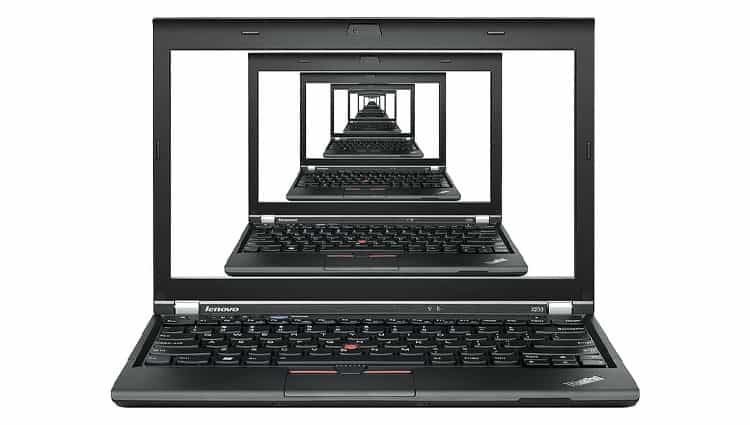
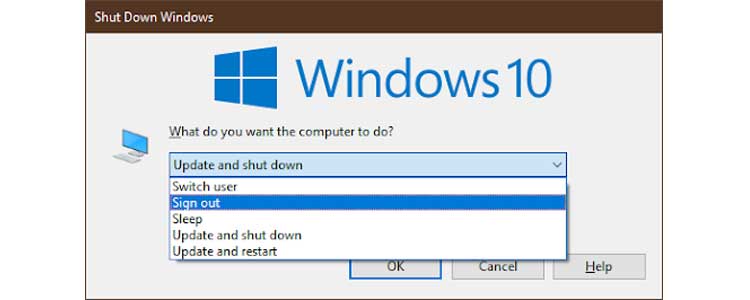
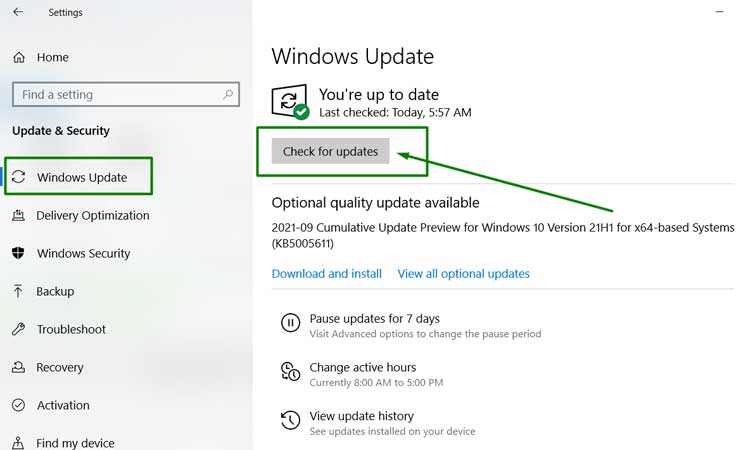
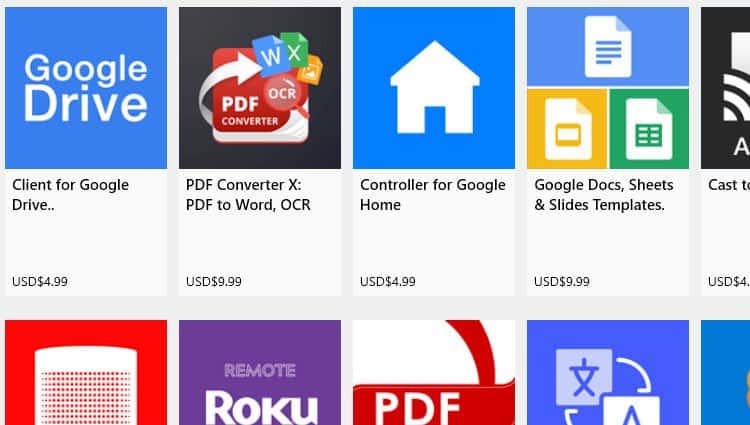
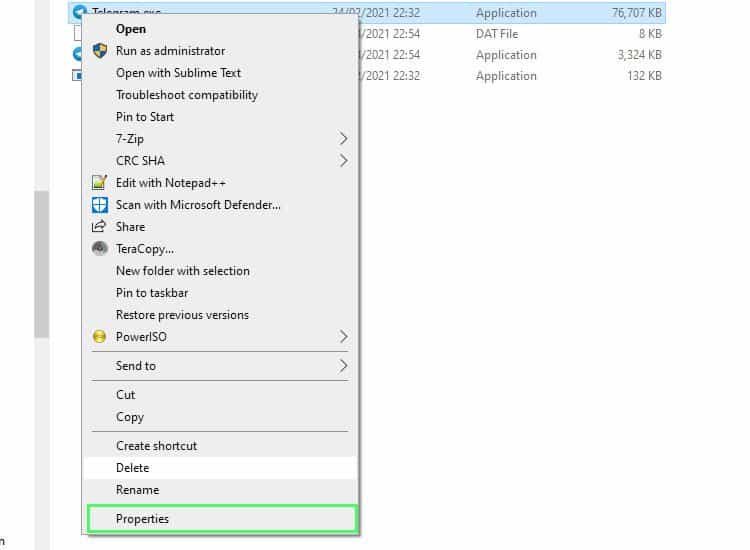
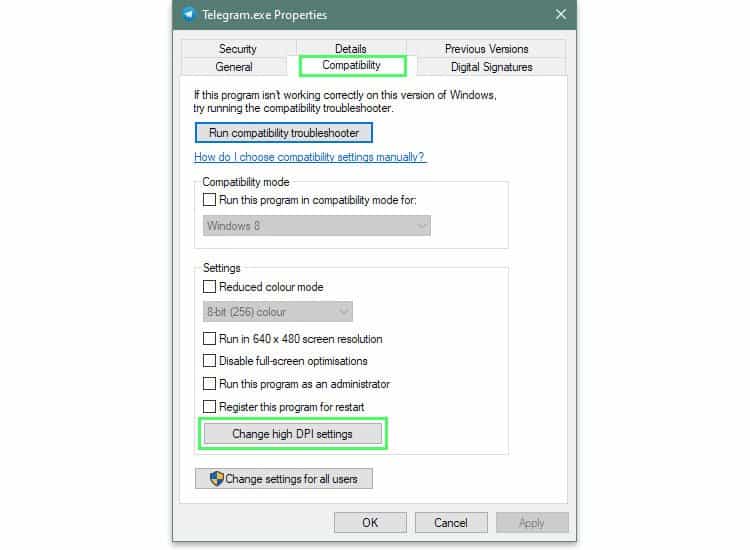
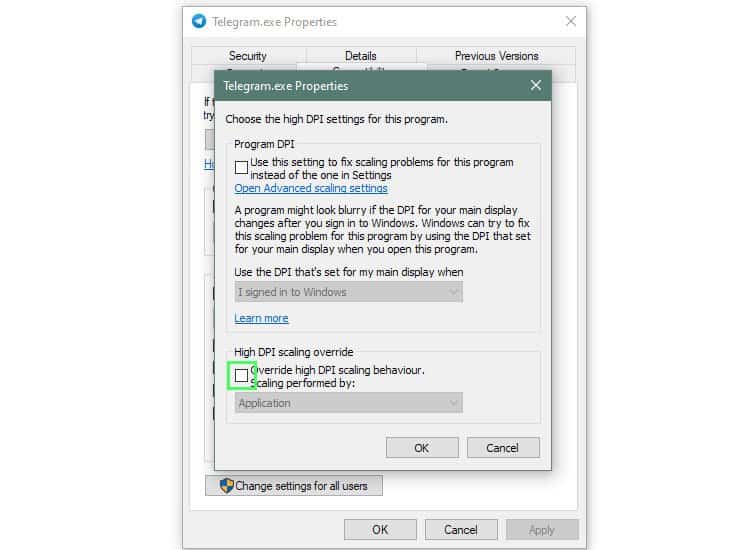
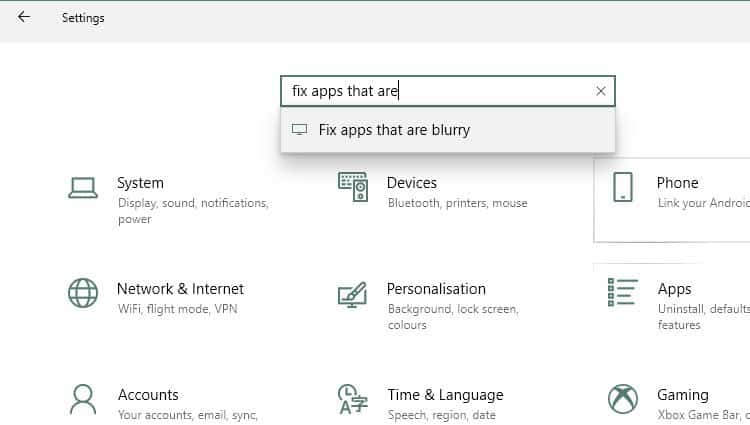
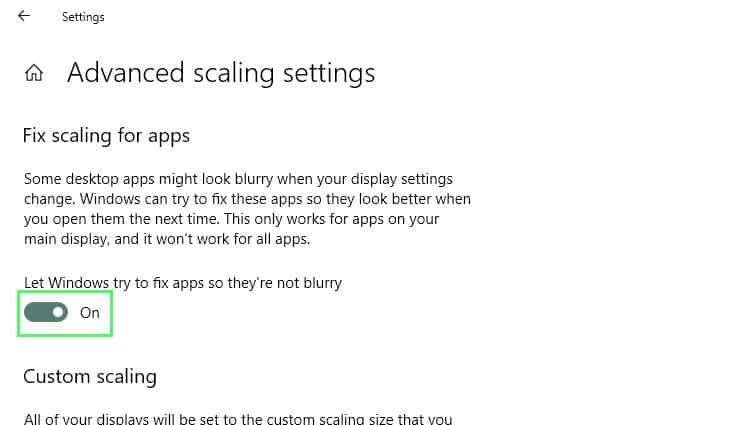
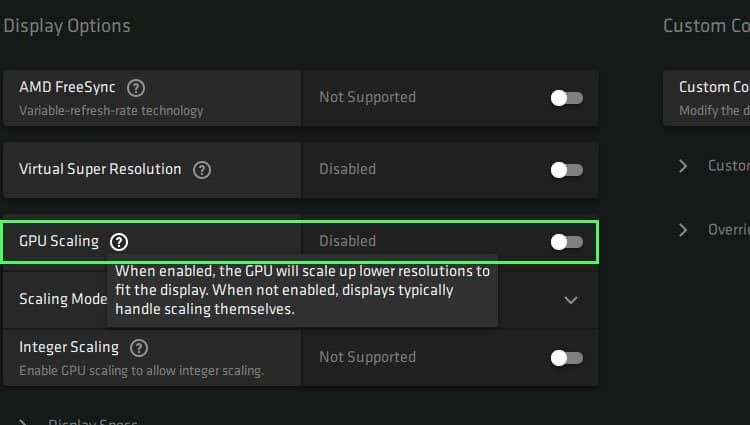
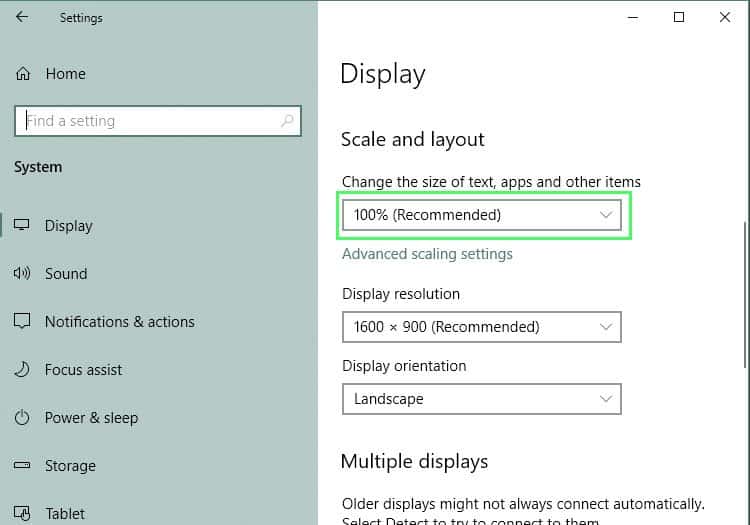
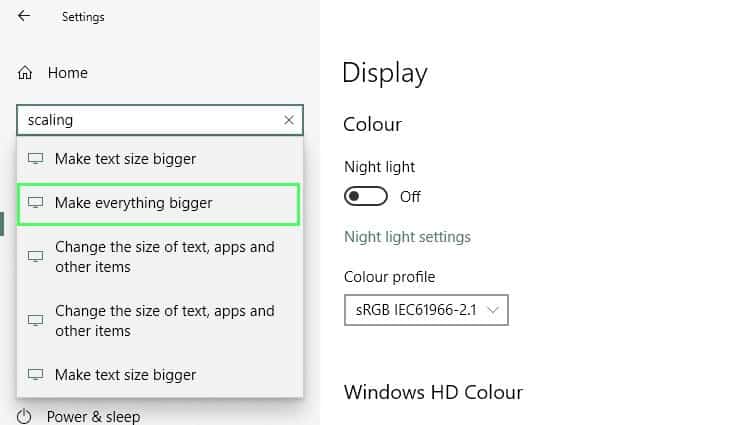
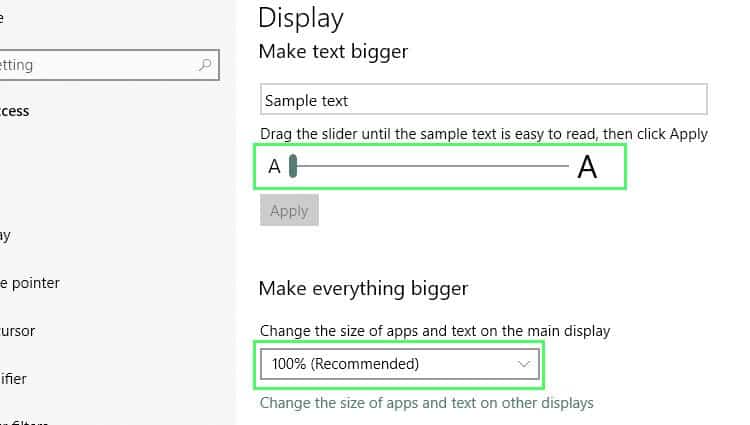
title: “How To Fix Display Scaling Issues” ShowToc: true date: “2022-11-05” author: “Larissa Rodriguez”
Different versions of Windows have various scaling capabilities and limitations. Not to mention older monitors tend to have more problems when connected to modern PCs. In the same way, your old PC may not be able to render proper graphics on modern high-end monitors.
What Causes the Display Scaling Issue in Windows?
Windows 10 has a built-in known issue with display scaling with Full HD and Ultra HD devices. This becomes problematic, particularly when used with external monitors. The following are some of the causes of display scaling in Windows 10:
How to Identify a Display Scaling Issue?
When you encounter a display scaling issue, you will see the following problems.
How to Fix Display Scaling Issues
You may face the display scaling issue more than once if you use multiple monitors. Or even if you connect to one external display. Continue reading to find out how you can finally fix this issue for good. Try each of the following methods before moving to the next one below it to fix display scaling issues for good.
Match Screen Resolutions
When using more than one monitor, match the display resolutions as much as possible—the greater their difference, the more scaling issues. Older monitors have a limit on their display capacity. You need to set them to the recommended resolution. Then, on the high-resolution monitor, decrease the resolution to bring them as close together. Obviously, this will limit you from enjoying the full feature of the better monitor. But it should solve the scaling issue.
Log Out and Log Back in
Login/logout events determine the display information. Every time you log out and log back in, Windows resets the display configuration. This will fix your scaling issues right away.
Check for Software Updates
Software updates are the best way to fix known bugs and occurrences. If you haven’t updated your Windows, you may face display driver compatibility issues. Install the latest updates to improve the user experience and keep the system free of bugs.
Use UWP Applications
UWP or Universal Windows Platform applications are modern-looking applications that scale better. They look a lot better and perform better. UWP applications auto-adapt to the type of display you’re connected to. For example, Edge is a great UWP application compared to the legacy Internet Explorer app. Edge is built with newer tools with newer hardware in mind. So it is less likely to face scaling issues compared to Internet Explorer.
Disable Display Scaling
Change Advanced Scaling Settings
Change GPU Settings
If your PC has Graphics Card installed, you may need to check the GPU-specific settings for the fix. Whether AMD or NVIDIA, your GPU has settings that are directly linked to the scaling problem. Here are a few helpful tips to get you started.
How to Change the Size of Text and Other Items in My Display?
Some people prefer to have larger UI elements so that it looks cleaner and easier to focus on. Other people like to reduce UI elements to the smallest size possible for more real estate. Nonetheless, changing the UI sizes gives a more personalized feel to your Windows. There are a couple of different ways to reduce or increase the size of text and other UI elements. They are explained below.
Scale and Layout Settings
Right-click on the Start Menu and select System.On the left navigation pane, click on Display.Scroll down to Scale and layout options and click on the drop-down list.Change the percentage to higher or lower as needed.
Make Everything Bigger
Click on Start Menu and type scaling.Select the option Make everything bigger.Click on the drop-down list and change the percentage value.Under the Make text bigger, drag the slider to match your preference.Select Apply.












